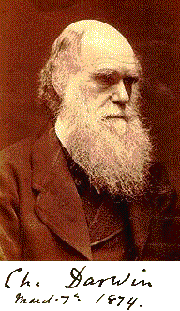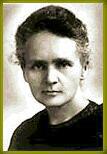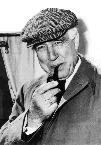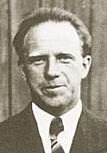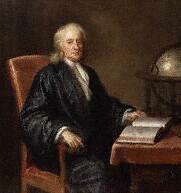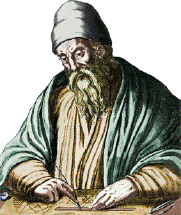|
Fundamental Physical Constants : Information at the foundation of modern science and technology from the Physics Laboratory of National Institute of Science Technology.
The Particle Adventure : Introduces the standard model theory of fundamental particles and forces and explores the experimental evidence and reasons why physicists want to go beyond this theory. Feedback from teachers will be appreciated.
Relativity on the World Wide Web : For the curious novice, there is a collection of links to "equation-free" explanations of Einstein's theory by expert relativists and science fiction writers. For more detail, click on an online tutorial or download a set of lecture notes from graduate-level physics classes.
Quantum Mechanics:
This site should help high school students and college nonscience majors understand the essential concepts. It offers interactive animations that demonstrate, without using mathematics, the quantum mechanical origins of atomic spectra, laser action, diffraction of matter, and other phenomena.
String Theory: A tutorial on string theory, the framework that many physicists believe will allow them to tie down a unifying "theory of everything." The tutorial explains strings at two levels of difficulty: advanced for the calculus-savvy and basic for those stymied by the first chapter of Stephen Hawking's A Brief History of Time.
The Physics of Microwave Background Anisotropies
Cosmic microwave background anisotropies provide a vast amount of cosmological information. Their full physical content and detailed structure can be understood in a simple and intuitive fashion through a systematic investigation of individual mechanisms for anisotropy formation. Beginner through Advanced presentations.
Interactive Guide to Diffraction : This is a "pictorial guide to crystal structures and their Fourier transforms," or what scattering data look like after they've been processed by a computer. The site includes eight interactive simulations that allow users to tweak an atomic structure and see its Fourier transform.
|
|
Eric Weisstein's World of Physics : To look up "brown dwarf," "pendulum," or "Navier-Stokes equations," you could consult any number of free Web dictionaries. Treasure Troves of Science is a storehouse of definitions for math, astronomy, physics, and other topics. Brief biographies of more than 1000 scientists.
The Net Advance of Physics : Need to review the latest Bose-Einstein condensation studies or brush up on the Kuiper asteroid belt? A resource for physics students and researchers seeking background on such topics.
Physics Central :
Wondering why the sky is blue, or how lasers can cool atoms to absolute zero? Find out at this educational site from the American Physical Society. Aimed at the high school level and up, the magazine-style site combines features and articles reprinted from APS and elsewhere.
HyperPhysics Intro : You'll find a huge collection of capsule reviews of material covered in introductory physics, such as electromagnetism and quantum physics. Subjects are linked in flow charts, so visitors can wander intuitively from mechanics to fluids to hydraulic brakes. Use the index to bone up on scores of topics.
Radiation and Health Physics : Several primers and a glossary will set you straight on nonionizing and ionizing (electron-stripping) radiation and becquerels versus curies. A timeline covers not just Three Mile Island but the first reactor "accident" 1.8 billion years ago: a uranium deposit in Gabon that burned for 200,000 years.
X-Ray Data Booklet: A compendium of graphs and tables of values needed for experiments that was first published in 1987. A new Web version of the latest edition lets you find electron binding energies, x-ray emission energies, and more with a few clicks. There's also a primer on synchrotron function and history.
Online Conversion: This handy site performs conversions faster than St. Paul. From parsecs to hogsheads, the calculator handles some 5000 units of length, temperature, weight, speed, volume, time, power, and other measures. You can change metric to metric, English to metric, and for that retro thrill, metric to English.
Electricity, Electronics, and Computers : This e-museum aims to galvanize interest in electricity and information technology among students, teachers, and the general public. Current exhibits investigate the discovery and harnessing of electricity, how we record and play music, and the life of Thomas Edison.
|
